The Panama History is a tale of strategic importance, cultural diversity, Spanish colonization, international trade, and the construction of one of the most remarkable engineering feats in the world—the Panama Canal. Nestled at the crossroads of the Americas, Panama’s history has been shaped by its geographical location, connecting the Atlantic and Pacific Oceans. From the indigenous cultures that inhabited the isthmus to the impact of European colonization, struggles for independence, and the development of the canal, Panama’s narrative is one of resilience and transformation. In this comprehensive exploration, we will delve into key periods and milestones, unraveling the layers of Panama’s intricate and fascinating history.
Indigenous Cultures and the Spanish Conquest:
Long before the arrival of European explorers, the isthmus of Panama was home to diverse indigenous cultures. The region was inhabited by several indigenous groups, including the Cueva, Chibchan, and the highly organized Cuna and Chocó societies.
Christopher Columbus was the first European to set foot on Panamanian soil during his fourth voyage in 1502. However, it was the Spanish explorer Vasco Núñez de Balboa who, in 1513, became the first European to cross the isthmus and witness the Pacific Ocean. This event marked a turning point in history, as it fueled Spanish interest in establishing a transcontinental trade route.
The quest for gold and riches motivated Spanish colonization in Panama. In 1519, the city of Panamá (Old Panama) was founded as a key hub for shipping treasures plundered from the Inca Empire. The Pacific Ocean served as a conduit for wealth flowing from the Americas to Spain.
The Decline of Old Panama and Rise of Panama City:
Old Panama quickly became a major center for commerce and trade, but its prosperity attracted the attention of pirates and privateers. In 1671, the infamous pirate Henry Morgan plundered and burned the city, leading to its decline.
In the aftermath of the destruction of Old Panama, a new city, Panama City, was established in 1673 a few miles southwest of the original site. The new city boasted a more defensible location and was designed with a grid pattern, featuring a combination of Spanish and French architectural influences. Panama City became a flourishing center for trade, connecting the Atlantic and Pacific through overland routes.
Strategic Importance and the Transcontinental Trade:
Panama’s geographical location made it a crucial link in the transcontinental trade routes. The Camino Real, or Royal Road, connected Panama City on the Pacific coast to Nombre de Dios and later Portobelo on the Atlantic side. This overland route facilitated the transportation of goods, including silver and gold, from Peru to the Caribbean, and then to Spain.
The importance of Panama as a trade route led to increased conflicts between European powers vying for control of the isthmus. The English pirate Sir Francis Drake raided Portobelo in 1596, and the Spanish Crown fortified Portobelo and established the famous annual fairs, known as the Ferias, in the 17th century to regulate trade and prevent piracy.
Struggles for Independence and Union with Gran Colombia:
In the early 19th century, the winds of independence swept across Latin America. Panama, too, was caught up in the wave of anti-colonial sentiment. In 1821, Panama joined the newly formed Republic of Gran Colombia, which also included present-day Colombia, Venezuela, and Ecuador, under the leadership of Simón Bolívar.
The union with Gran Colombia was not without challenges, and tensions arose between centralists and federalists. The isthmus experienced periods of political instability, and efforts were made to draft a constitution that would address the concerns of Panama and other regions within the republic.
In 1830, Gran Colombia dissolved, leading to the formation of the Republic of New Granada. Panama remained part of this political entity but continued to grapple with political and social unrest. The isthmus played a key role in the construction of the Ferrocarril de Panamá, the first railway in the Americas, which connected Panama City to Colón on the Atlantic coast.
Railway, French Canal Attempt, and U.S. Involvement:
The mid-19th century saw ambitious attempts to establish a transcontinental transportation route through Panama. The construction of the Panama Railway, completed in 1855, provided a quicker alternative to the arduous overland journey across the isthmus. The railway, financed by American entrepreneurs, facilitated the rapid movement of people and goods between the Atlantic and Pacific coasts.
Inspired by the success of the railway, the French, led by engineer Ferdinand de Lesseps, embarked on the ambitious project of constructing a sea-level canal across Panama. The French attempt, however, faced formidable challenges, including rampant diseases such as malaria and yellow fever. The project ultimately ended in failure, with financial ruin and the loss of thousands of lives.
The failure of the French canal venture paved the way for U.S. involvement. The United States, motivated by its strategic and economic interests, negotiated the Hay–Bunau-Varilla Treaty with Panama in 1903. This treaty granted the U.S. control over a 10-mile-wide strip of land for the construction of the Panama Canal.
Construction of the Panama Canal:
Under the leadership of chief engineer John F. Stevens and later George W. Goethals, the U.S. took on the monumental task of constructing the Panama Canal. The project involved overcoming significant engineering challenges, including the control of tropical diseases, the excavation of the Culebra Cut, and the construction of the Gatun Dam.
The use of innovative techniques, including the creation of the Gatun Lake and the three locks at Gatun, Pedro Miguel, and Miraflores, facilitated the movement of ships across the continental divide. The canal’s completion in 1914 revolutionized global shipping, providing a shortcut for vessels traveling between the Atlantic and Pacific Oceans.
The construction of the canal also had profound social and demographic impacts on Panama. The workforce, which included laborers from the Caribbean and Europe, contributed to the cultural diversity of the isthmus. The canal zone, however, became a source of tension and inequality, with the U.S. maintaining control over the territory until the end of the 20th century.
Post-Canal Era and Political Developments:
The latter half of the 20th century saw significant changes in Panama’s political landscape. Tensions between Panama and the United States over the control of the canal zone reached a climax in 1964 during the Flag Riots, an incident that resulted in the deaths of several Panamanians.
Negotiations between the two countries eventually led to the Torrijos-Carter Treaties, signed in 1977, which outlined the gradual transfer of control of the canal to Panama. The Panama Canal Authority assumed control of the canal on December 31, 1999, marking a historic moment of sovereignty for Panama.
In 1989, the United States invaded Panama in an operation known as “Operation Just Cause,” which aimed to depose the military regime of General Manuel Noriega. The invasion led to Noriega’s capture and imprisonment, and it marked a turning point in Panama’s political history.
Contemporary Panama:
The post-canal era has seen Panama emerge as a dynamic and economically vibrant nation. The canal continues to be a vital conduit for global trade, and the revenue generated from canal tolls contributes significantly to Panama’s economy.
Panama has also become a financial and business hub, with a booming services sector, including banking and tourism. The construction of modern infrastructure, such as the Metro de Panamá and the expansion of Tocumen International Airport, reflects the country’s commitment to development.
Panama’s political landscape has witnessed periods of stability, and the country has experienced democratic transitions of power. The National Assembly, political parties, and a multi-party system contribute to the democratic governance of the nation.
In recent years, Panama has faced challenges such as corruption scandals, concerns about social inequality, and environmental issues related to urban development. The country continues to grapple with questions of sustainable development, inclusive governance, and the preservation of its natural resources.
Cultural Heritage and Biodiversity:
Panama’s cultural heritage is a reflection of its diverse history and population. The country is home to various indigenous groups, including the Ngäbe-Buglé, Emberá, and Wounaan, each with distinct languages, traditions, and customs. The Kuna people, known for their vibrant molas and traditional dress, maintain a strong cultural identity.
The mix of African, indigenous, and European influences is evident in Panama’s music, dance, and cuisine. Traditional folk music, such as the tamborito, and popular genres like salsa and reggaeton contribute to the nation’s musical tapestry.
Panama is also renowned for its biodiversity. The isthmus serves as a biological corridor, connecting North and South America. The Darién Gap, a dense rainforest region, poses a unique ecological challenge, but it also contributes to the preservation of diverse flora and fauna.
Conclusion:
Panama’s history is a narrative of strategic importance, cultural diversity, and transformative development. From the indigenous cultures that thrived in the isthmus to the impact of Spanish colonization, the struggles for independence, and the construction of the Panama Canal, the nation’s journey has been one of resilience and adaptation.
The construction of the canal not only revolutionized global trade but also shaped Panama’s demographic and cultural landscape. The transfer of control over the canal marked a historic moment of sovereignty, and Panama has since emerged as a dynamic player in the global economy.
As Panama navigates the challenges and opportunities of the 21st century, questions of sustainable development, social equality, and environmental stewardship come to the forefront. The country’s commitment to democratic governance, economic diversification, and the preservation of its rich cultural heritage positions Panama as a key player in the ongoing narrative of the Americas.
In the heart of Central America, Panama continues to be a bridge between oceans, a crossroads of cultures, and a testament to the resilience of its people. The story of Panama is still unfolding, with each chapter contributing to the vibrant tapestry of this isthmus nation.


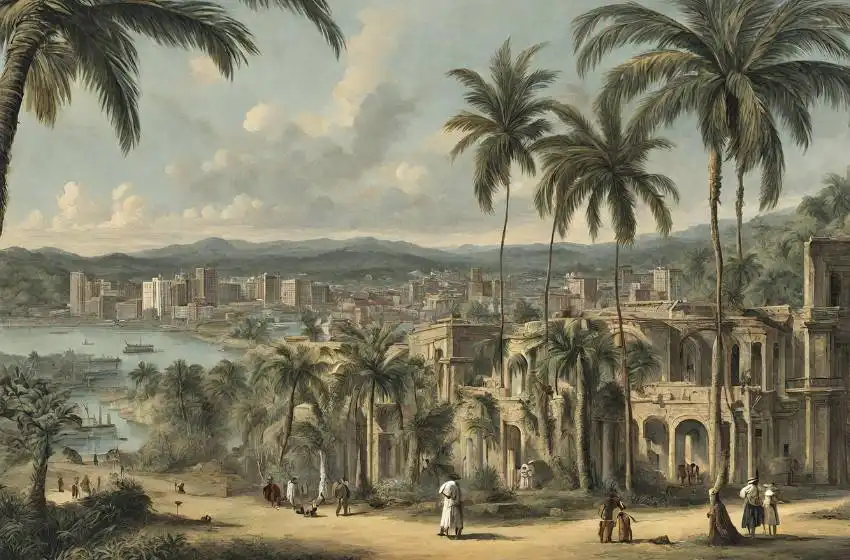
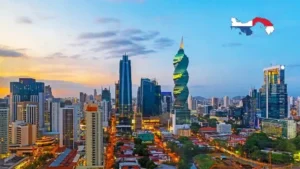
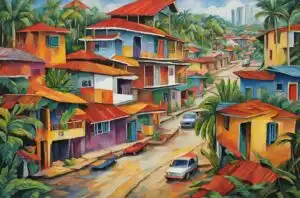
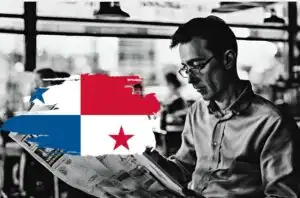

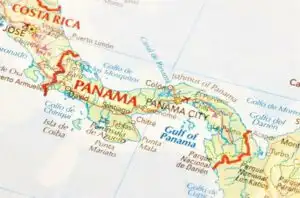

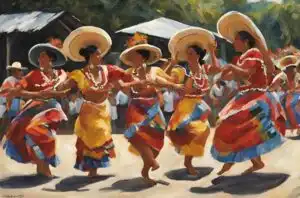
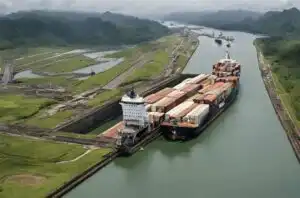

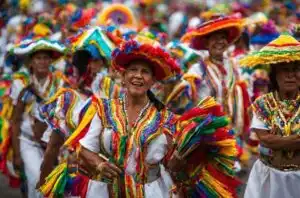



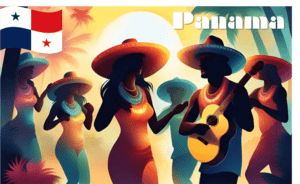


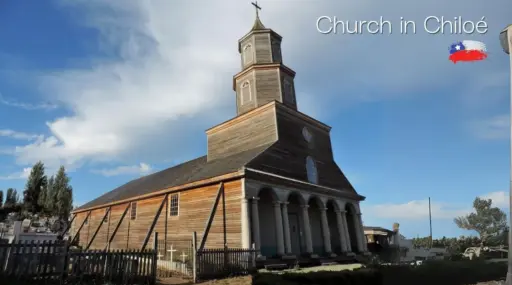


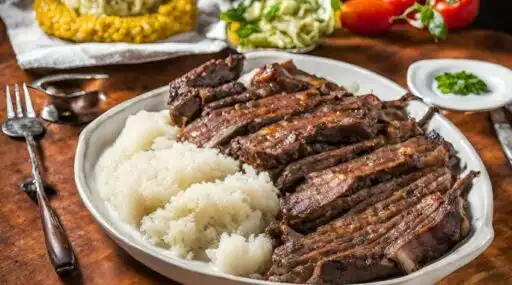

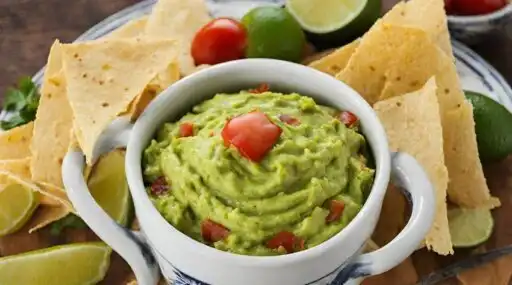







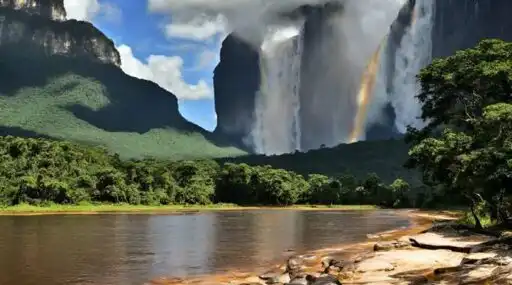



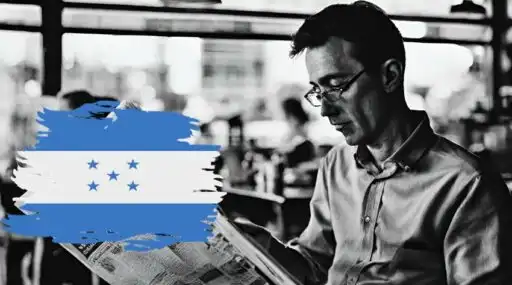






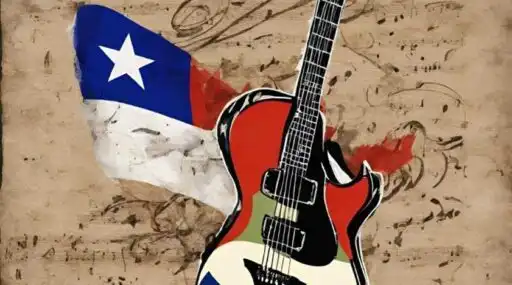

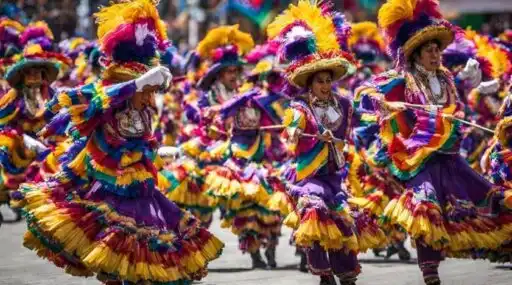

Leave a Reply